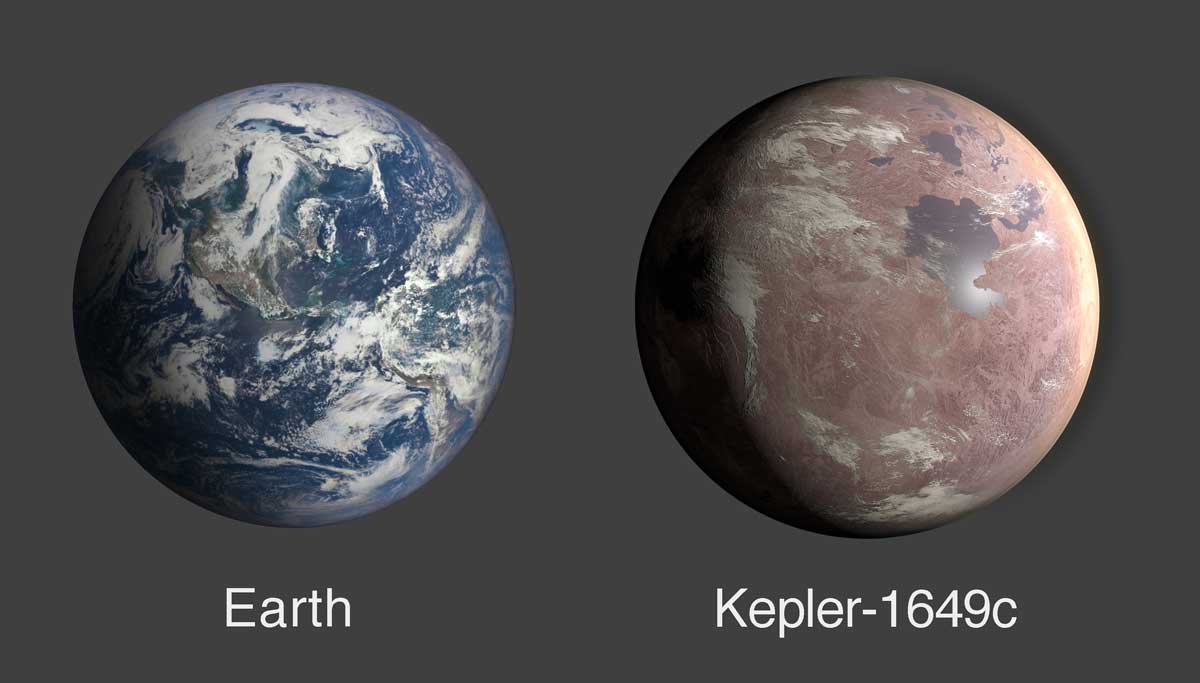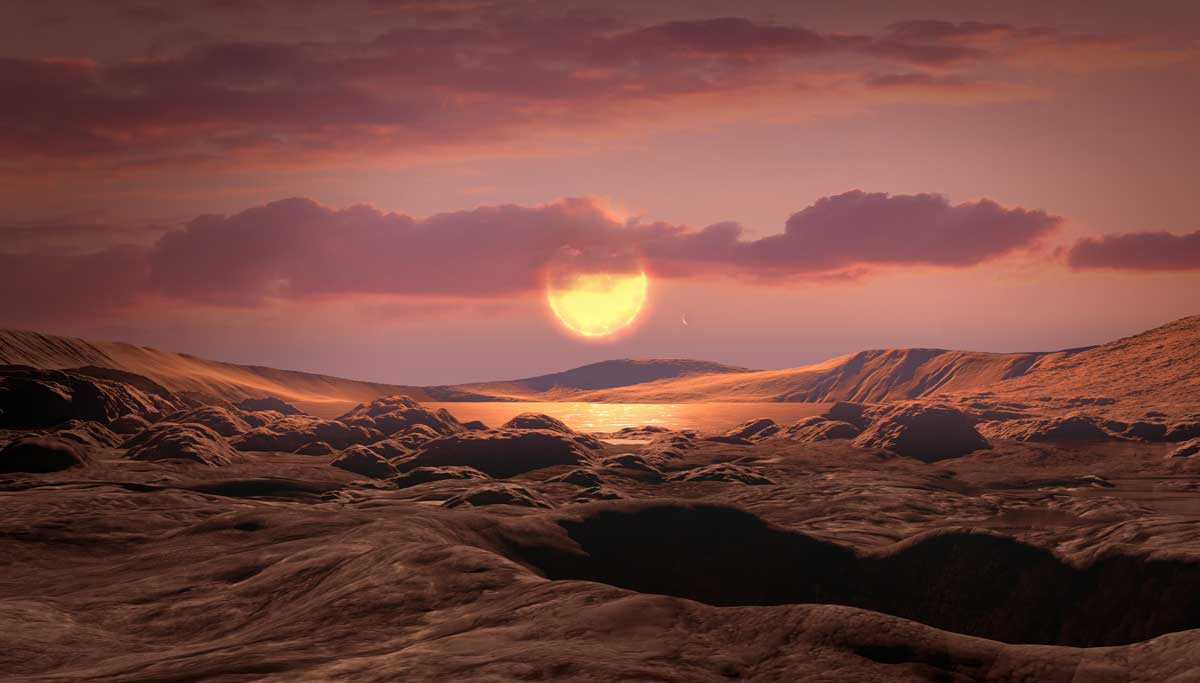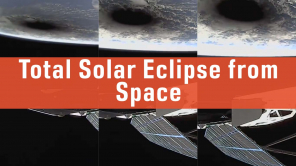ads
NASA: New Earth-Size Habitable Zone Planet Found Hidden in Early Kepler Data
Daniel McCarthy (Author) Published Date : Apr 16, 2020 09:14 ISTScience
Kepler - 1649c is the new exoplanet discovered in the habitable zone, which is similar to earth in many ways. Overlooking the algorithms searching the Kepler data, a team of transatlantic scientists found this new planet, which is only 300 light-years from earth. As per the study published on April 15 in Astrophysical Journal Letters, this new planet match universe in terms of size, energy, and a complete new look of its home system but also might interact with its neighboring planet.
Many exoplanets were also earlier found close to earth that was similar in size like TRAPPIST - 11 and Teegarden c. There are others like TRAPPIST-1d and TOI 700d that may be closer to earth in temperature. But it is only this new exoplanet Kepler - 1649 c, which is in the habitat zone of its system with both the values of size and temperature.
Andrew Vanderburg is the first author of the published study and researchers at the University of Texas at Austin. He said that if the scientists had not overlooked the Robovetter’s algorithm that mislabeled Kepler - 1649c as a false positive, they would have missed it. He further added out of all the mislabeled planets, and it is particularly exciting. It is because out of all the mislabeled planets by the algorithms, this exoplanet with both similarities in size and energy could also interact with its neighboring planet.
A year on Kepler - 1649c is equivalent to 19.5 earth days. It orbits its small red dwarf star and is only 1.06 times larger than earth. The amount of starlight it receives is equal to 75 % of what earth receives from the Sun. In other words, the temperature should be the same in both, but due to dwarf star is known for stellar flare-ups, it is challenging for any potential life.

Thomas Zurbuchen is an associate administrator at NASA’s Science Mission Directorate in Washington. He said that Kepler space telescope data and TESS or Transiting Exoplanet Survey Satellite data gives higher hopes for the existence of second earth among the stars. He further added that the search for planets from their data in the NASA’s Ames Research Center in California’s Silicon Valley continues to amaze with discoveries year after year.
NASA: New Earth-Size Habitable Zone Planet Found Hidden in Early Kepler Data

